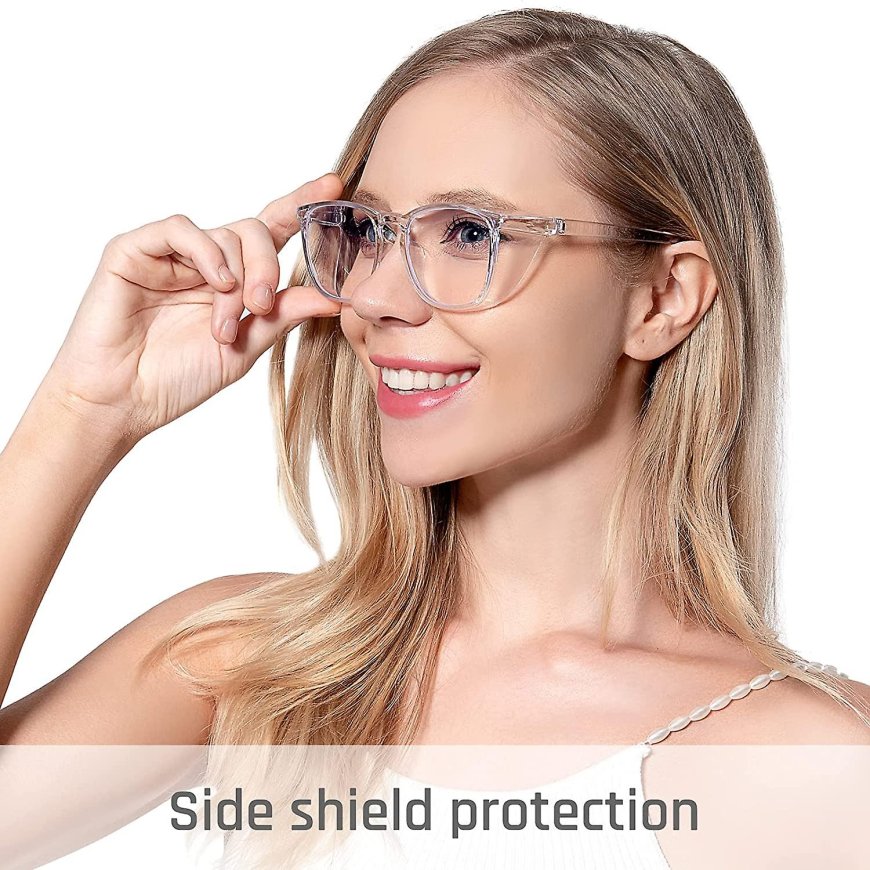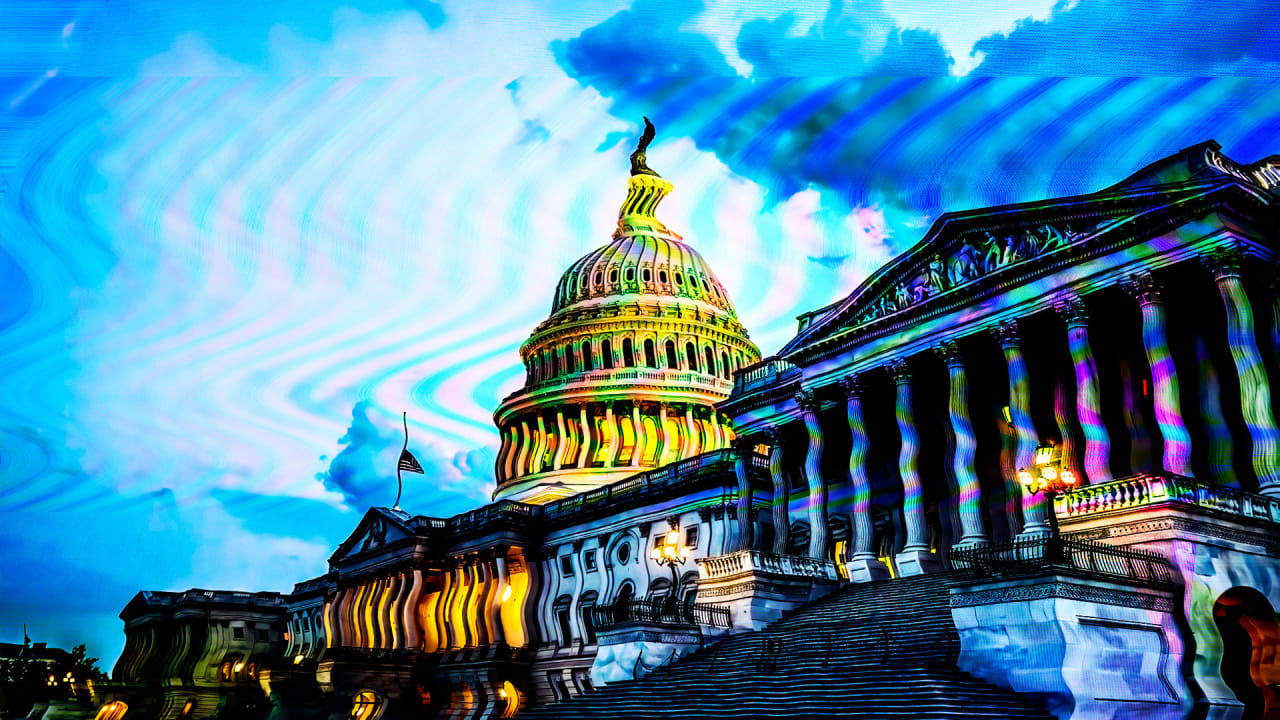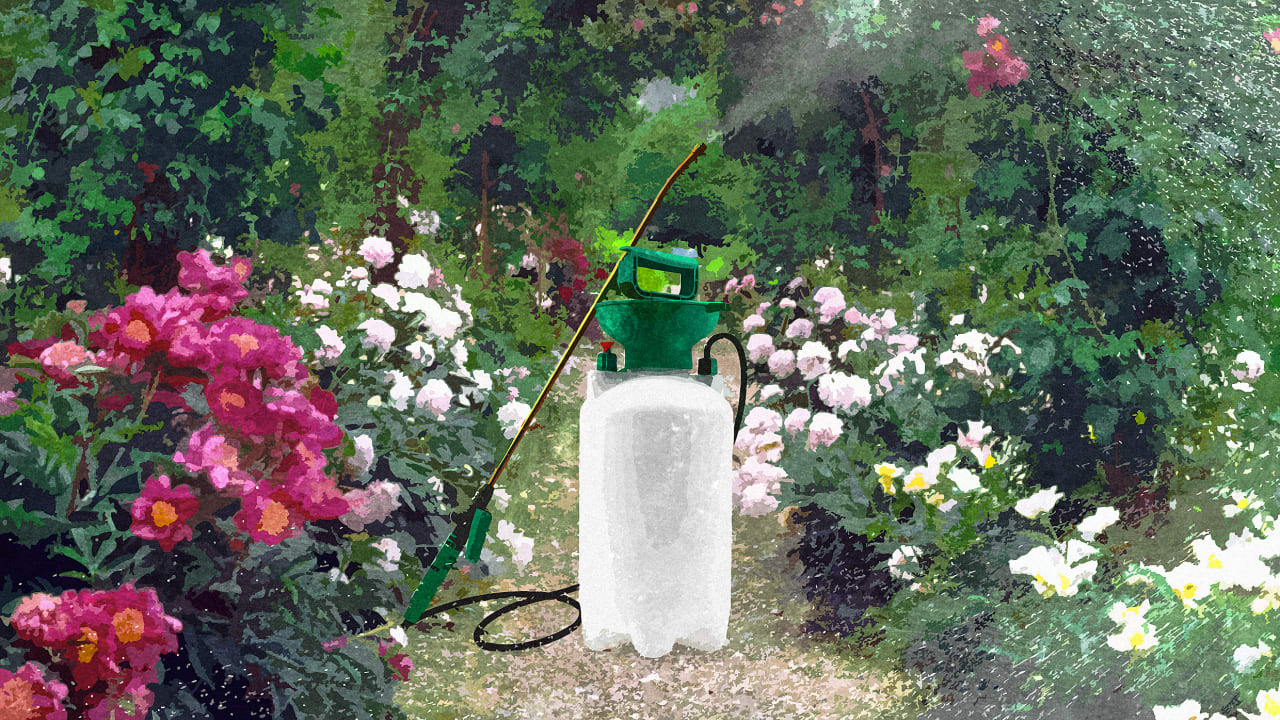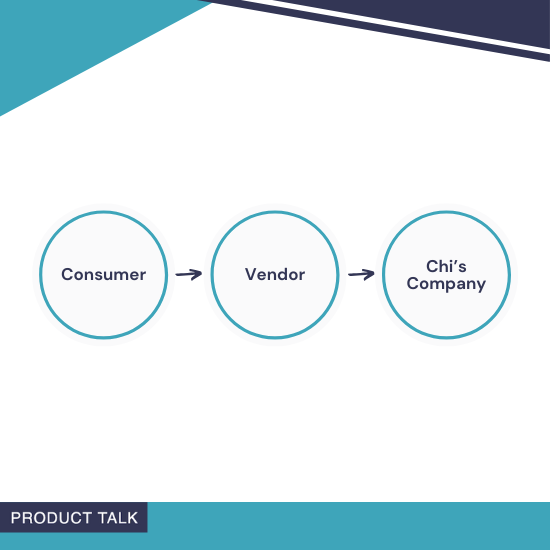Prescription Safety Glasses: Styles, Costs & Where to Buy in 2025
Explore the best styles, costs, and where to buy prescription safety glasses in 2025. Discover expert tips on selecting the ideal protective eyewear for your workplace and vision needs.

Protective eyewear has come a long way from bulky, uncomfortable designs. In 2025, prescription safety glasses blend style, innovation, and certified protection, becoming a staple for both professionals and hobbyists. Whether you're a construction worker, lab technician, or DIY enthusiast, protecting your eyes while maintaining clear vision is non-negotiable. This guide will help you navigate the many options available and ensure you choose glasses that truly safeguard your sight.
Safety Eye Glasses
What are safety eye glasses and how do they differ from regular ones?
Safety eye glasses are specifically designed to protect the eyes from physical, chemical, or radiological harm. Unlike regular glasses, they are built to withstand impact, resist shattering, and often feature enhanced materials like polycarbonate lenses. They must also meet strict standards such as ANSI Z87.1 in the U.S. to qualify as protective gear.
Protective Glasses for Vision and Safety
Combining vision correction and protection
In industries where clear vision is just as important as safety, prescription protective glasses solve a critical problem. These glasses not only correct refractive errors but also serve as a reliable shield against dust, flying debris, and chemical splashes. No more doubling up with goggles over your spectacles.
Why Protective Eyewear Matters in 2025
Eye injuries at the workplace have been on the rise due to increased exposure to digital screens, manufacturing automation, and high-velocity machinery. The Occupational Safety and Health Administration (OSHA) reports thousands of eye injuries each year—many of which are preventable with the right gear. In 2025, more companies are prioritizing protective eye wear for all employees.
Eye Protection Glasses at Work
From welding sparks to chemical splashes, your eyes are exposed to a variety of risks depending on your occupation. Eye protection glasses designed for specific roles help reduce this risk significantly. They’re essential in complying with workplace safety protocols, particularly in manufacturing, construction, and healthcare.
Work Safety Glasses for Industrial Environments
In noisy, dusty, or chemical-filled environments, industrial safety glasses must offer durability and secure fit. Many now come with anti-fog coatings, side shields, and adjustable nose pads for extended comfort. Look for wraparound styles that maximize eye coverage without affecting vision clarity.
Protective Safety Glasses for Construction Workers
Construction sites are fraught with flying debris, UV exposure, and metal shards. Protective safety glasses for construction should include polarized or tinted lenses for outdoor glare and impact-resistant materials like Trivex or polycarbonate. OSHA-compliant glasses are non-negotiable on job sites.
Prescription Safety Eyeglasses for Healthcare Professionals
Lab techs and hospital staff need eye protection from fluids, lasers, and airborne particles. Lightweight, transparent safety eyeglasses with side protection and anti-fog lenses are commonly used in sterile environments.
Protective Eye Wear in Tech and Manufacturing
In high-tech settings, vision clarity and precision are key. Modern protective eyewear includes blue light filters, smart sensors, and even integrated AR capabilities to help technicians stay productive while staying safe.
Stylish Protective Glasses in 2025
Gone are the days of clunky frames. Today's prescription safety glasses are sleek, modern, and even designer-branded. From matte finishes to aviator styles, there's no reason to compromise style for safety anymore.
Lens Materials and Coatings
The most common lens material is polycarbonate due to its lightweight and impact-resistant nature. Trivex offers similar benefits with better optics. Coatings such as anti-scratch, anti-fog, and UV protection further enhance performance.
Side Shields and Face Coverage
Why do side shields matter? Because hazards rarely hit head-on. Side shields extend the protective coverage and are either built-in or detachable. Full-face options are recommended in environments with flying particles or chemical splashes.
ANSI Z87 Certification Explained
The ANSI Z87.1 certification is the gold standard for workplace safety glasses in the U.S. If your glasses don’t have a Z87+ marking, they’re not rated for high-impact protection. Always check for this stamp when buying.
Types of Prescription Safety Glasses
Common styles include:
-
Wraparound: Best for wide coverage and sporty looks.
-
Over-prescription: Designed to fit over regular glasses.
-
Goggles: Ideal for chemical-heavy or splash-prone areas.
Single Vision vs. Progressive Prescription Safety Glasses
Single vision lenses offer a uniform prescription across the lens, while progressives allow for distance, intermediate, and reading vision. Choose based on your job’s visual demands and how much time you spend switching focus.
Buying Guide: What to Look for in Safety Eyeglasses
Here’s a quick checklist:
-
ANSI Z87+ certification
-
Comfortable fit
-
Impact-resistant lenses
-
Anti-fog and UV coatings
-
Durable frame materials
Top Brands for Protective Eyewear in 2025
Some of the best-performing brands this year include:
-
Pentax
-
Uvex
-
Wiley X
-
3M
-
Bollé Safety
These brands are known for innovation and durability in prescription safety glasses.
Online vs. In-Store Buying
Online Pros:
-
Better prices
-
Wide selection
-
Virtual try-ons
In-Store Pros:
-
Professional fittings
-
Immediate adjustments
Choose based on your confidence in self-measuring and your urgency.
How Much Do Prescription Safety Glasses Cost in 2025?
Expect to pay anywhere between $70 to $300, depending on:
-
Lens type
-
Brand
-
Custom features
Budget brands can still meet ANSI requirements, so shop wisely.
Can You Use Insurance for Safety Eyewear?
Yes! Many vision insurance plans cover part or all of the cost for safety eye glasses. Make sure your provider lists protective eyewear as an eligible item, and request itemized receipts for claims.
Tips to Maintain and Clean Your Protective Glasses
-
Use a microfiber cloth
-
Avoid abrasive cleaners
-
Store in a hard case
-
Regularly check for scratches or cracks
Common Challenges with Safety Eyewear
-
Fogging in humid environments
-
Slipping frames
-
Lens distortion
Thankfully, modern designs address these issues with anti-fog tech, adjustable straps, and high-definition lenses.
How to Get a Prescription for Safety Glasses
Start with a comprehensive eye exam. Ask your optometrist for a detailed prescription that includes your pupillary distance (PD)—a key measurement for proper lens alignment in protective glasses.
Where to Buy the Best Prescription Safety Glasses
Top online retailers include:
-
Zenni Optical
-
Rx-Safety
-
Eyeweb.com
These platforms offer customizable frames, Z87 certifications, and quick shipping.
Environmental Sustainability in Protective Eyewear
In 2025, brands are offering eco-friendly safety frames made from recycled plastics and biodegradable materials—proving you can protect your eyes and the planet simultaneously.
Final Thoughts: Making the Right Choice for Your Eyes
Choosing the right prescription safety glasses isn’t just about passing compliance checks—it’s about protecting your vision and enhancing your work performance. The right pair will feel like a natural extension of your gear, offering clarity, confidence, and style.
FAQs
Where can I buy prescription safety glasses online?
Top sites include SafetyEyeGlasses.com, Rx-Safety, and Eyeweb.com.
Do prescription safety glasses have to be Z87 rated?
Yes, for workplace compliance, Z87 certification is a must.
Are there fashionable options for protective glasses?
Absolutely! Many brands now offer sleek, designer-like frames.
Can I wear contact lenses under safety goggles?
Yes, but goggles must still meet impact standards for protection.
How do I clean anti-fog lenses?
Use lens-safe cleaning spray and microfiber cloth—avoid alcohol.
Can I get progressive lenses in safety glasses?
Yes, many brands now offer progressive lens options for custom needs.






























































































































![Are AI Chatbots Replacing Search Engines? AI vs Google [New Research]](https://www.orbitmedia.com/wp-content/uploads/2025/05/How-often-are-we-using-AI-chatbots_.webp)





































